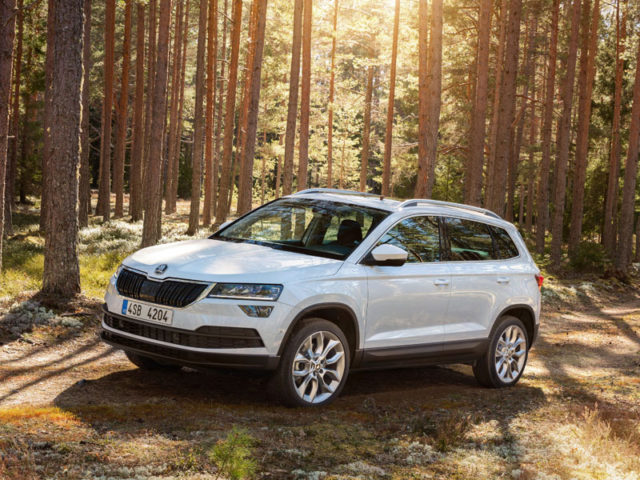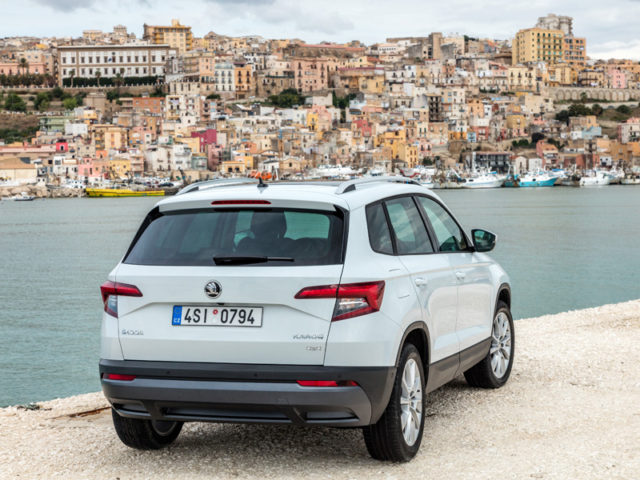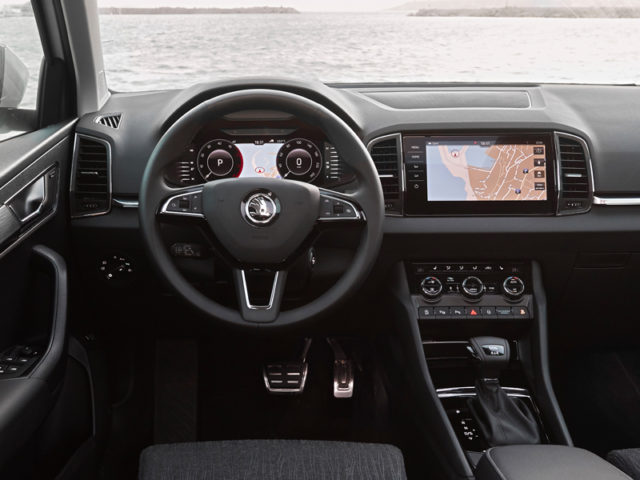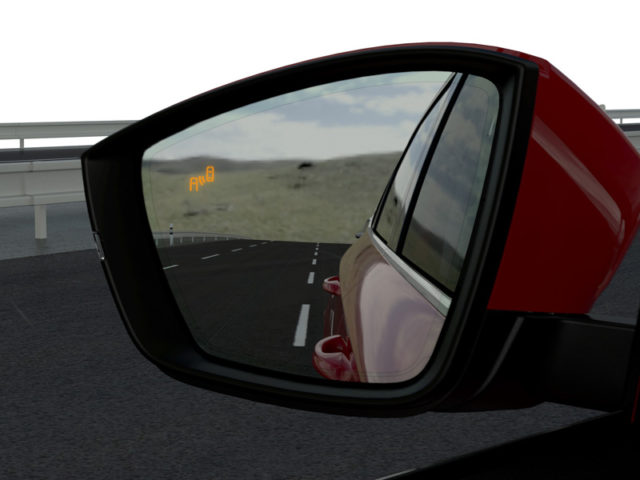Road Test: Škoda Karoq
The Yeti’s larger successor has the market’s best crossovers in its sights, explains Alex Grant.
SECTOR Crossover PRICE €24,290-€35,000 FUEL 4.4-5.5l/100km CO2 117-138g/km
Skoda’s distinctive Yeti was just ahead of the crossover pack when it launched in 2009, and good timing means it’s been useful for finding new customers. This was the model tasked with taking the brand into new markets, with 600,000 sold globally since and volumes rising each year in line with the growing demand for crossovers.
That might sound like solid foundations for a new one, but the Yeti is actually being discontinued. Its successor, the Karoq, is also a larger car, positioned in the popular and still growing Qashqai segment. A sensible move, as it fills an important gap in Skoda’s range, particularly for fleets, while leaving space for a Fabia-based crossover in future.
Competition is plentiful, but the closest rival comes from within the Volkswagen Group. The Karoq is platform-shared with the Ateca; the two cars share a production line in the Czech Republic. That bodes well but, with near-identical dimensions, engine options and very similar body pressings, it’s mainly personal preference that separates them.
Skoda’s engine offer is slightly different; this launches with two petrol and two diesel engines, at equivalent 115hp and 150hp power outputs, and all are available with a DSG transmission. Although the 1.6-litre diesel is likely to find the most favour with fleets, it’s worth noting that the 1.0-litre petrol offers identical CO2 emissions and a four-figure price advantage, which may suit low-mileage drivers. It’s also livelier to drive, and lacks the diesel’s high-pitched whirr under load.
Similarly, the two high-powered engines are hard to choose between. The 2.0-litre TDI offers a broad spread of pulling power and is remarkably quiet, but it’s only offered with four-wheel drive and CO2 emissions are higher than the 1.5-litre petrol. Factor in an even wider price gap, and the petrol engine’s ability to run on two cylinders at low loads, and there’s a head-over-heart case for not choosing diesel here too.
The big change, though, is the way it rides. The Karoq has one of the most compliant suspension setups in its class, especially with the multi-link rear axle fitted to four-wheel drive versions, and feels like a real step up compared to the Yeti. Thankfully, it hasn’t abandoned the best bits of its predecessor in the process, including a rear bench that not only folds flat but lifts out in three sections to extend the load capacity. It’s a clever feature, and unique in this class, but the seat sections are heavy and cumbersome to lift out and it’s not standard on all trim levels.
Skoda is already growing its fleet presence across Europe, the latest Superb bolstering the Octavia as a hard-to-argue-with pair of options for job-need and user-chooser drivers. The Karoq is launching with similar ambitions; business trim levels offering essentials such as navigation, Android and Apple smartphone mirroring, and the option to retain the smaller wheels to keep CO2 low. Bigfoot left some big shoes to fill, but this should have no problem building on its predecessor’s solid foundations.
What we think
Comfortable, clever and with petrol and diesel options for fleets, Karoq is a latecomer to a crowded segment, but it’s also one of the best in its class. And that’s saying something.








